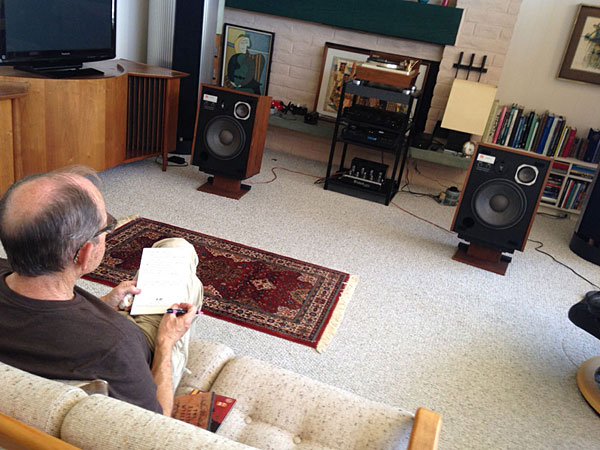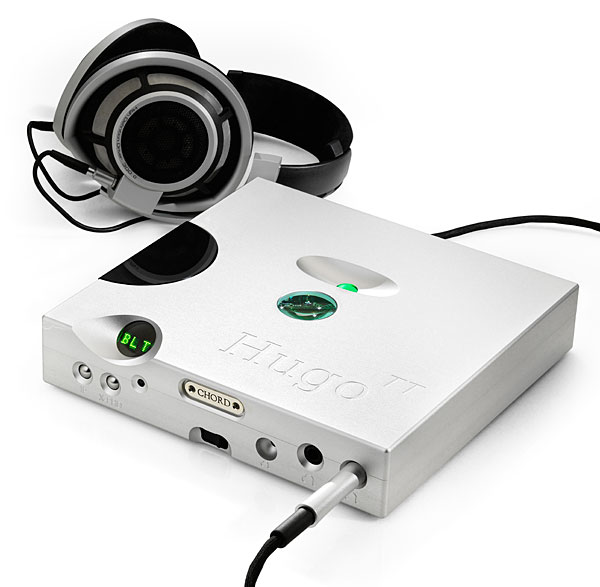| Columns Retired Columns & Blogs |
Correct me if I'm wrong, but neither your publication or your major competitor have reviewed the $2,500 Chord Hugo portable DAC. My (paranoid?) theory has been that this universally-praised component is so good, that it would have had your other portable DAC advertisers running scared. I, like many other Hugo owners, are using the device in our main system as a digital front end (in my case, connected by coax to a Rega Jupiter CD player), as well as with headphones/USB computer. While twice as expensive as my most costly purchase, the Hugo is not "twice as good", no, it's exactly what I've been looking for. The little guy squeezes the last ounce of music out of digital recordings- and, it's portable, and beats my analogue sources. Now, a day late and, for the likes of me, several $1000 short, Stereophile reviews the nearly twice as expensive Hugo TT. Chord has ("have", as the British say) just introduced the Mojo, Hugo's smaller sibling at $599. Dare you to be first to review it!








































